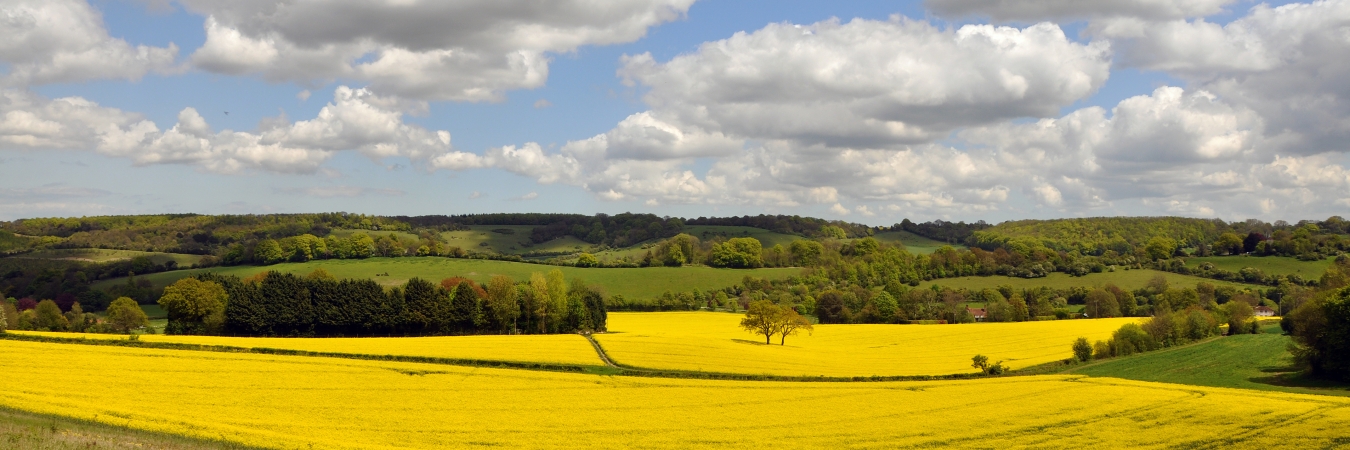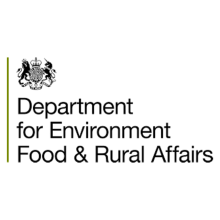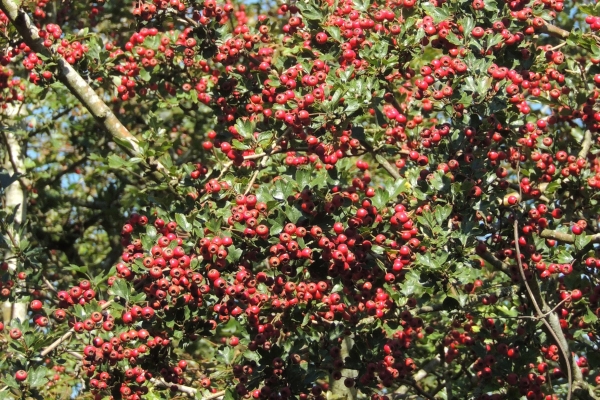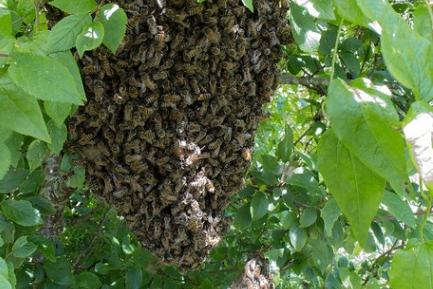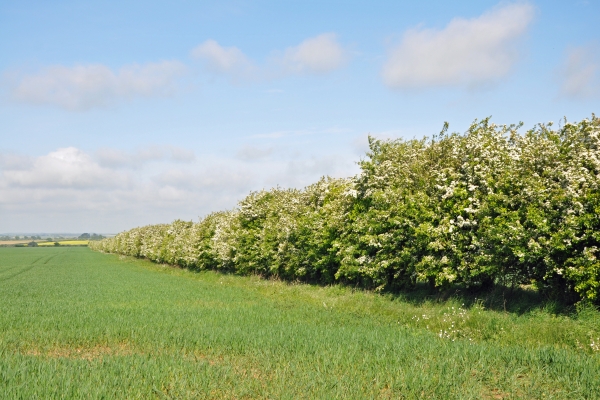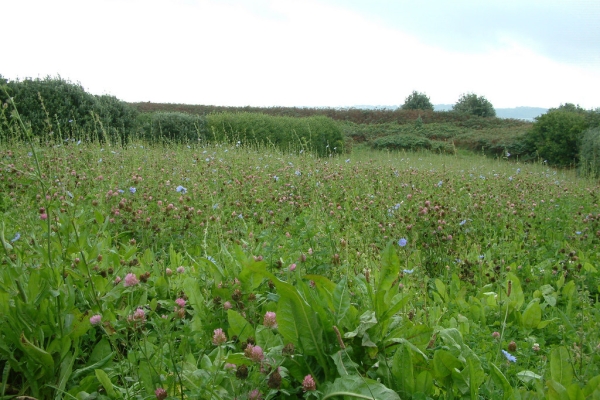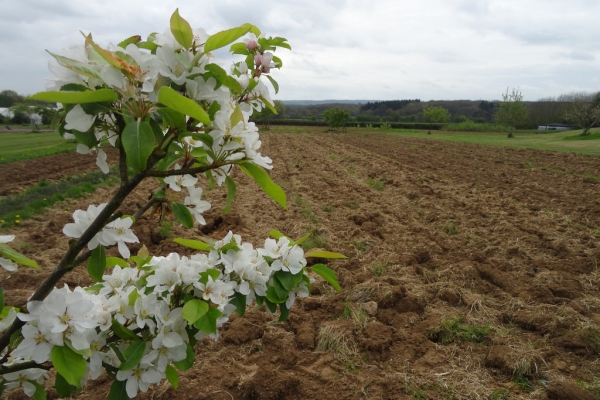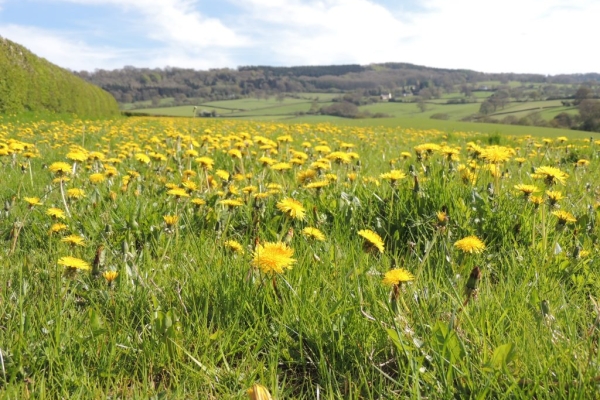The benefits of managing pollinators for crop production
How can land managers, growers and policy makers help to conserve and manage insect pollinators?
Resource explained
This publication is one of a series of Policy and Practice Notes produced by the Living With Environmental Change (LWEC) Partnership. It draws on research from the Sustainable Pollination Services for UK Crops project, part of the Insect Pollinators Initiative.
It sets the context of why pollinators are so important and defines which insects pollinate UK crops, emphasising that it is vital to support both honeybees and wild pollinators.
The benefits of effective pollination in relation to yield, crop nutrition, crop quality, stability of crop production, and economic value are described.
There is some guidance on what we can do to maintain or improve crop pollination, such as increasing the diversity of crops and protecting semi-natural habitats.
The part that policy makers can play in securing pollination services is also addressed. There is a further information section at the end that highlights some useful resources.
Findings & recommendations
- Insect pollinators are essential for our food production; they improve the yield and quality of three quarters of UK crops.
- Pollinator populations and the services they provide are threatened by pressures such as land use change, disease, climate change and agrochemicals.
- It is essential for each of us to help conserve and manage insect pollinators as demands on food production increase.
- The value of insect pollination is set to increase steadily, partly because the amount of insect pollinated crops being grown in the UK, including oilseed rape, continues to rise.
- Our level of dependence on insect pollination is crop and variety specific.
- Crop pollinating insects are affected by the climate, weather and local land management, and their activity can vary from year to year and from place to place.
- As growers and land managers, we can carry out various actions to help maintain and improve crop pollination, including reducing the intensity of hedgerow cutting and use of agrochemicals, rotating beneficial crops, and protecting nesting and feeding habitats.
